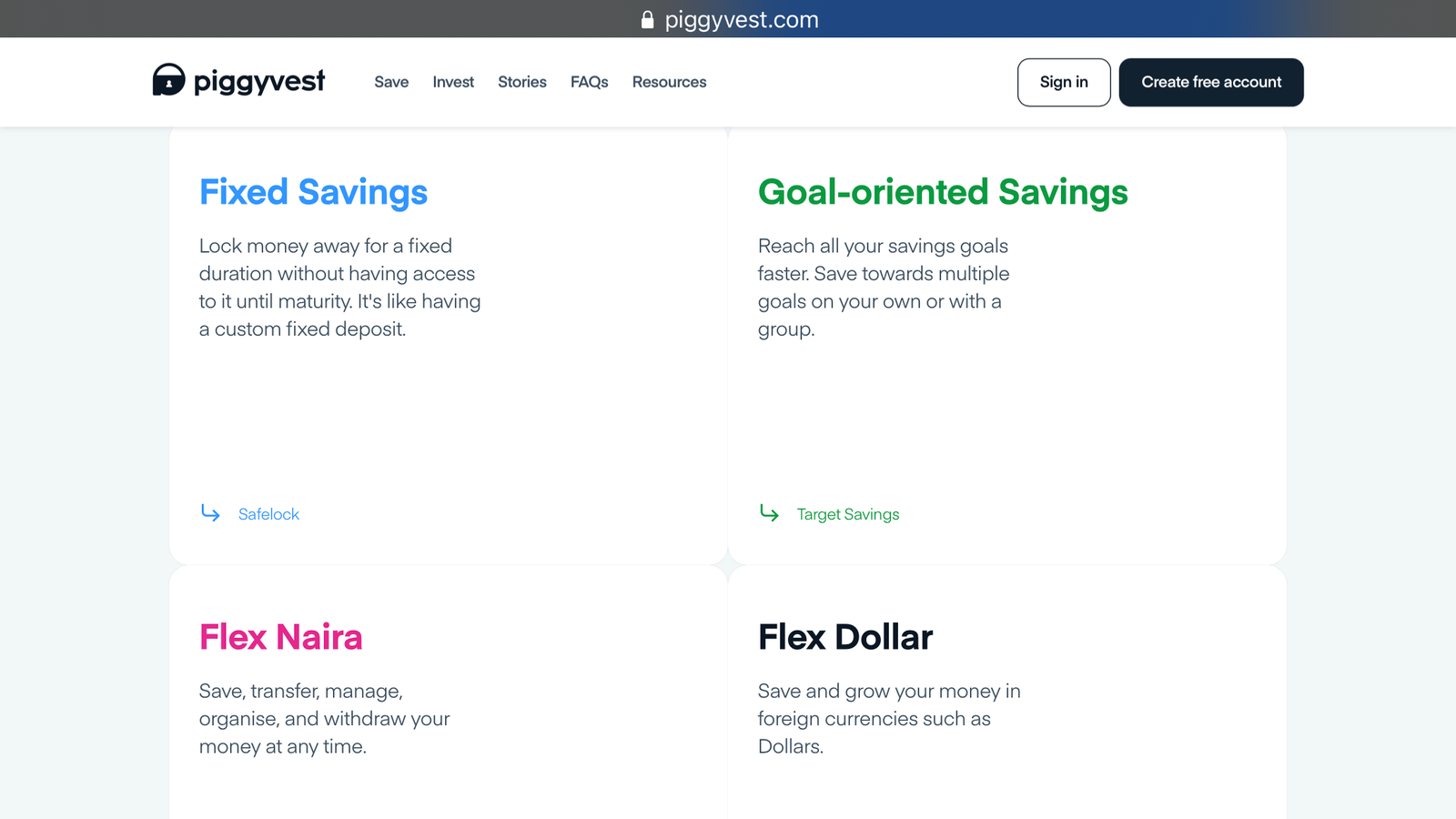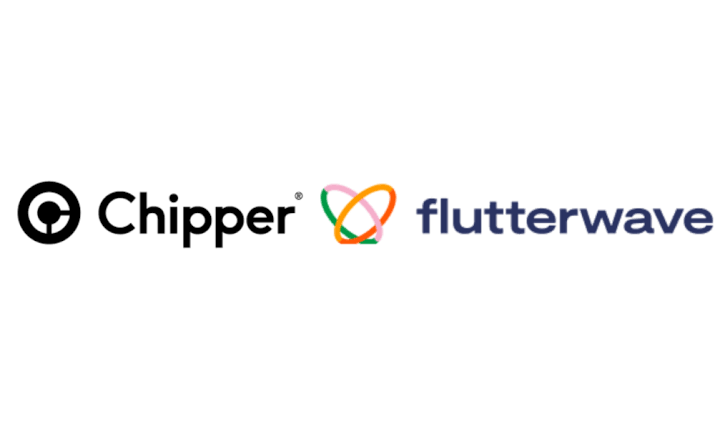Are you tired of loan apps constantly bugging you and your contacts? Do you want to put an end to this invasion of privacy? Well, you’re in luck! In this blog post, we’ll reveal the quick and easy steps you can take to stop loan apps from accessing your contacts once and for all. So read on, take notes, and let’s take back control of our personal information
When installing a loan app, users are typically presented with a list of permissions that the app requests to function. These permissions include access to contacts, location data, camera access, and storage access. While some of these permissions may be essential for the app to operate effectively, others, such as contact access, raise privacy concerns.
Why Loan Apps Request Contact Access
Loan apps often request contact access for two primary reasons
Risk Assessment: By analyzing your contact list, loan apps can assess your social network and determine your potential creditworthiness. They may examine the number and types of contacts you have, their income levels, and their creditworthiness.
Communication and Debt Collection: Loan apps may use your contact list to send reminders, notifications, or even debt collection messages to your contacts if you default on your loan. This practice, known as “shaming” or “harassment,” can be highly intrusive and damaging to your personal relationships.
The Consequences of Loan App Access to Contacts
Granting loan apps access to your contacts can lead to several adverse consequences, ranging from unsolicited communication to reputational damage. Here are some potential risks to consider
Loan apps may use your contact list to send promotional messages, reminders, or even engage in harassing tactics to collect debt.
This can be particularly distressing if they contact your personal or professional contacts, potentially damaging your relationships and reputation.
Secondly, your contact data could be used for targeted advertising campaigns, exposing you to unwanted solicitations and intrusions.
Thirdly, your contact information may be inadvertently exposed or intentionally leaked if the loan app experiences a data breach. This could lead to identity theft, targeted advertising, or even financial fraud. As I have mentioned earlier, Loan apps may share your contact information with third-party partners, resulting in unwanted calls or messages from unknown entities. This can lead to an invasion of privacy and a tarnished reputation among your contacts.
How to deny Contact Access to Loan Apps
Protecting your privacy and preventing loan apps from accessing your contacts is very crucial and I will show you how to do that now.
On Android Devices,
- Open the Settings app on your Android device.
- Tap on “Apps & notifications” or “Application manager.”
- Select the loan app you want to deny contact access to.
- Tap on “Permissions.”
- Toggle off the “Contacts” permission.
On iOS Devices:
- Open the Settings app on your iOS device.
- Scroll down and tap on “Privacy.”
- Select “Contacts” from the list of privacy settings.
- Scroll down and find the loan app you want todeny contact access to.
- Tap on the app name and select “Never” to deny contact access.
Beyond denying contact access, consider these additional steps to safeguard your privacy
- Regularly check the permissions granted to each app on your device. Remove unnecessary permissions, especially contact access, for apps you no longer use or trust.
- Delete loan apps that you no longer use or have fully paid off. This reduces the risk of data leaks and unauthorized access to your contacts.
- Install reputable antivirus and anti-malware software to protect your device from potential security threats and data breaches.
Conclusion
That’s all on how to stop loan apps from accessing your contact. With this guide I just provided you, I was able to restrict loan apps from accessing my contacts. Best of luck!
FAQs
Can a loan app access my contacts if uninstalled?
Whether a loan app can access your contacts if uninstalled depends on a few factors
If you granted the loan app permission to access your contacts before uninstalling it, the app may have already copied your contacts to its servers. This means that even if you uninstall the app, the app developer may still have access to your contacts. If Some loan apps may sync your contacts with their servers regularly, even if you haven’t granted them explicit permission to do so. This means that even if you uninstall the app, the app developer may still have access to your contacts.
If in some cases, loan apps may be infected with malware that can steal your contacts, even if you haven’t granted them permission to access your contacts. This is why it is important to only install loan apps from trusted sources.
If you reinstall the loan app, the app may automatically regain access to your contacts, even if you had previously denied it permission. This is why it is important to review the app’s permissions settings before reinstalling it.
To protect your privacy, it is best to only grant loan apps permission to access your contacts if you absolutely need them to. You should also be careful about installing loan apps from unknown sources and regularly check the app’s permissions settings to make sure they haven’t changed.
Can a loan app block my BVN?
No, a loan app in Nigeria cannot directly block your BVN (Bank Verification Number). Only the Central Bank of Nigeria (CBN) has the authority to block a BVN. However, a loan app can report your BVN to the CBN if you default on a loan. The CBN may then blacklist your BVN, which would prevent you from getting loans from other financial institutions.
How does PalmPay track people?
PalmPay, like many other mobile financial services (MFS) providers, utilizes various methods to track users and their activities. These methods are primarily employed to enhance user experience, prevent fraud, and ensure regulatory compliance. These methods include; location tracking, app usage tracking, Web beacon and cookies amongst others.





